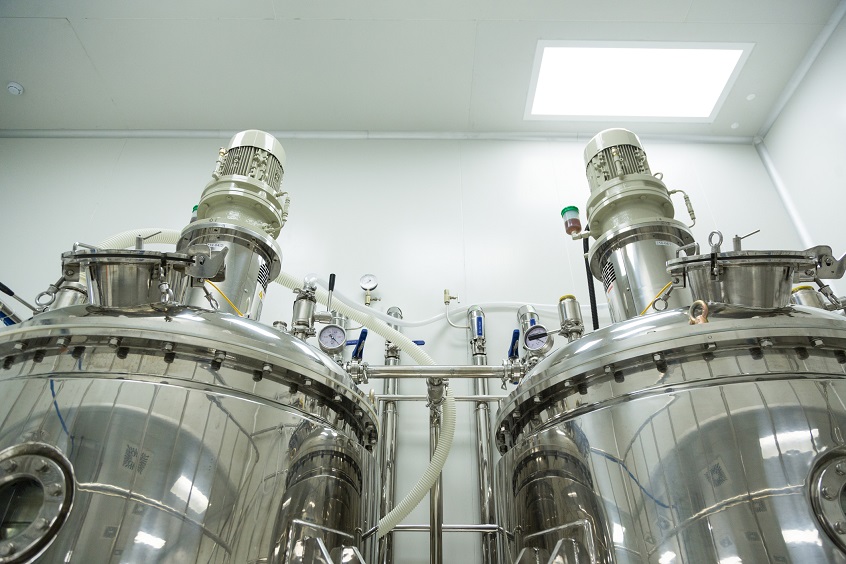
Petrochemicals produced from natural gas or liquid hydrocarbon feedstocks provide the building blocks used in the production of plastics, resins, fibers, solvents, detergents, adhesives and other products. The research for these feedstocks and end products starts as an idea and goes through a development cycle that often includes micro-reactor, lab reactor and pilot plant before going to full scale production.
Steve Kannengieszer - 01/13/2022
Read more...